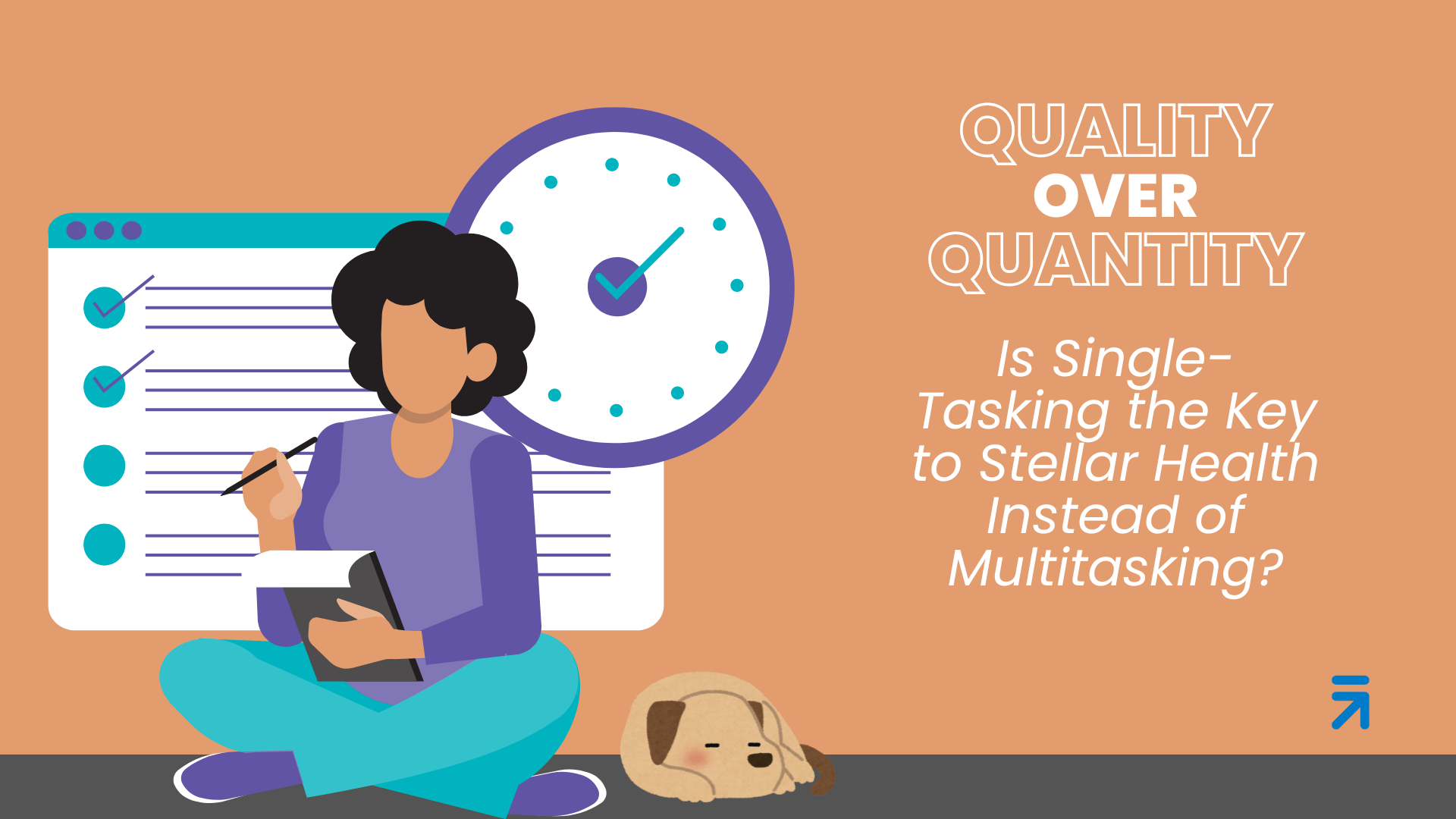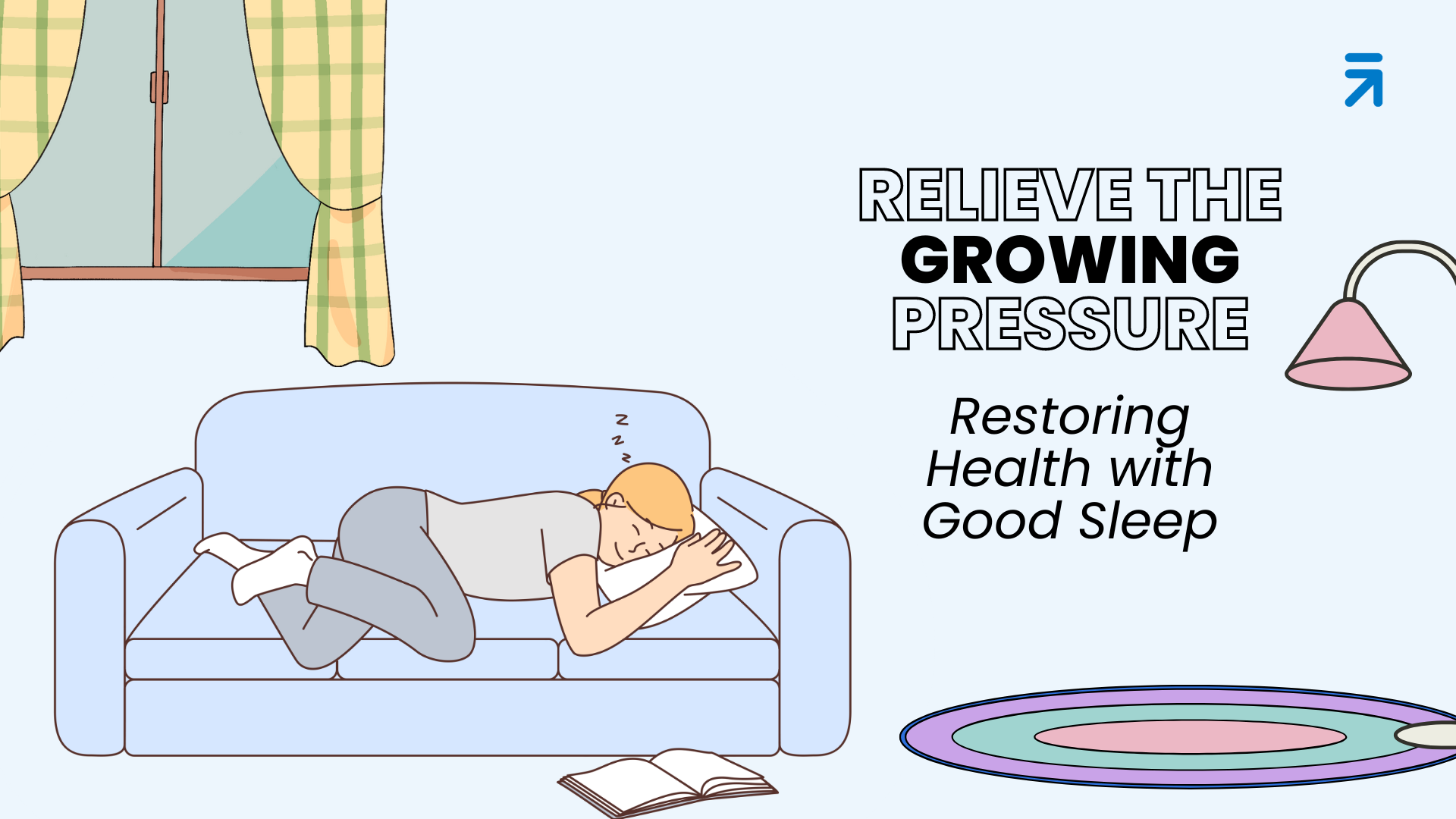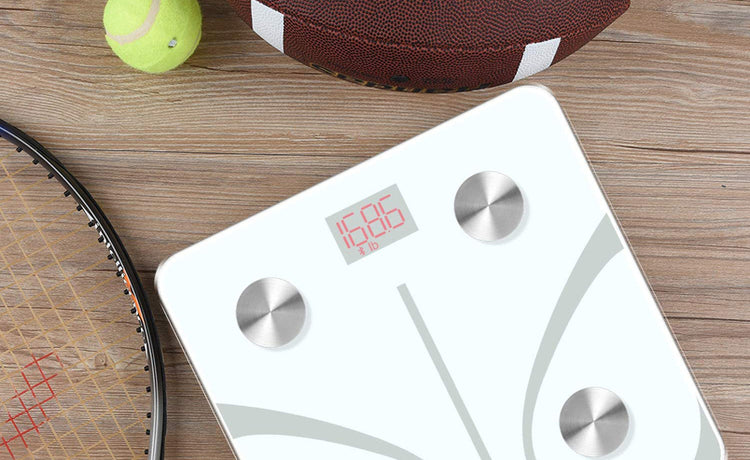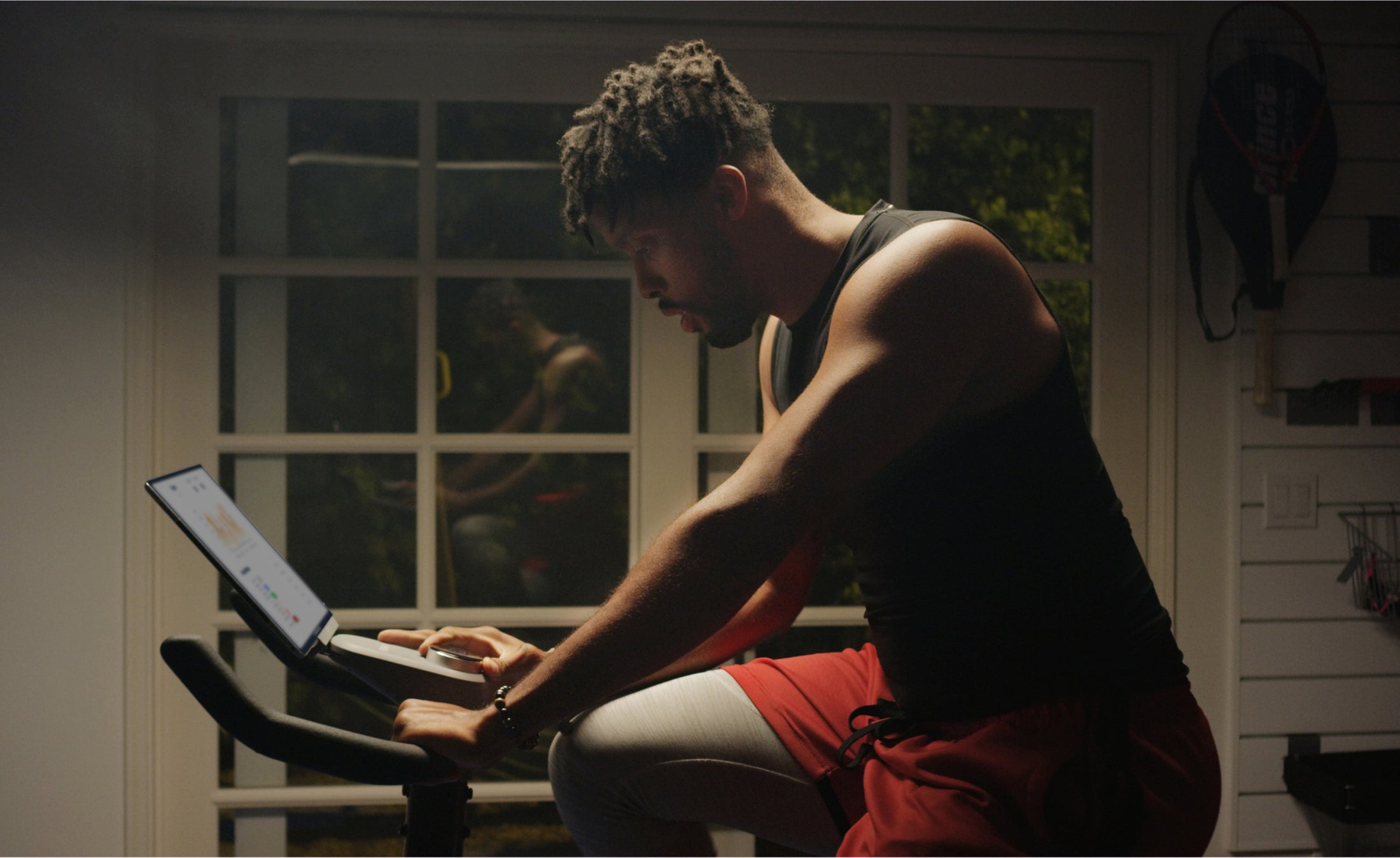Creating the Best You: Setting Realistic Expectations When Losing Weight

Stay tuned to our latest news
“Embrace Your Pace” is more than just a phrase; it is a philosophy for individuals who march to the beat of their own drum. Continuing from the freshness of springtime to the summer vibes of July though September, this ongoing RENPHO series will help to highlight the myriad ways one can embrace a life lived at their own pace. Losing weight may be a hard feat for some, but it is important to consider our individual differences with regard to fitness goals. Some tend to focus on setting on ambitious and unattainable goals in their wellness journey, leading to potential frustration and disappointment. It is essential to consider factors such as metabolism, genetics, and overall health, which could impact the rate of weight loss. What works for one person may not work for another, and setting goals specifically for yourself that embraces your own pace could bring a sense of achievement — motivating you to continue making positive changes for your health and well-being. Any lifestyle change could be challenging at first, as there's a need to have a goal already in mind. While having a goal can be motivating when losing weight, it is important to have realistic goals. Not only does this keep an individual focused, but this also allows them to work out with progress and see results. Realistic fitness goals should be S.M.A.R.T (Specific, Measurable, Achievable, Relevant, and Time-Bound), which effectively creates a plan for success. Let's break the down one by one. Fitness goals should be specific or have a desired outcome that is clearly articulated throughout the journey. It is important to take note of what should be accomplished and the actions necessary to accomplish it. They should also be measurable, where there is a quantifiable objective attached to each of them such as the amount of weight you wish to lose. The goals should be achievable to maintain the enthusiasm in trying to reach them. In addition, your fitness goals should be aligned or relevant with the end result you wish to achieve. These goals should not be set for the sake of it, but their benefits to your journey should be defined. Make sure to set a deadline for your fitness goals, as a goal that isn't time-bound could not be deemed as a success or a failure. All S.M.A.R.T. goals should have a final date, as it would be easier to evaluate your fitness journey as a whole. Take note that having unrealistic fitness goals could lead to high expectations and excessively high targets, such as wanting to lose a large amount of weight in a short period. This could result in health risks and unhealthy behaviors, which could be avoided if S.M.A.R.T. goals are set. Why settle for "quick solutions" in losing weight when you could keep motivated through setting realistic fitness goals? These could increase your chances of actually achieving them for your personal growth and development, as well as provide a sense of accomplishment. As your fitness goals should be S.M.A.R.T., they should also align with your resources and capabilities. Where should you start? With weight loss, it is good to have a goal in mind first. The NHLBI recommends starting with 5 to 10% of your current weight, as aiming to lose more than that may pose health risks. However, there are cases when some might feel they need to lose weight, even though they shouldn't. In general, verywellfit suggests that a good candidate for weight loss may have the below requirements: Once you're in the mindset to lose weight, you could create a personalized weight loss plan and follow it step by step. Firstly, keep in mind that losing weight at a slow and steady pace of at least 1 to 2 pounds per week gives the body a chance to maintain the progress in the long run. Consider the amount of calories your body requires to lose or maintain weight. Take note of this information and use tools such as fitness trackers, calorie counters, or progress journals to monitor your progress and identify areas of improvement. You could also set three types of goals: action, objective, and outcome. Action goals are those specific tasks and behaviors you're willing to commit to regularly. These focus on the daily or weekly activities, including exercising for 30 minutes every day or eating 5 servings of fruits or vegetables, that connect to reach your broader objectives and outcomes. On the other hand, objective goals have measurable targets within a certain timeframe. These should be clear milestones that are quantifiable, allowing for easier progress tracking — such as losing 10 pounds in 3 months or reducing body fat by 6%. In addition, outcome goals are set as the ultimate results you wish to achieve from your fitness journey. These could represent the end goal of your weight loss, and include your long-term vision for your body. You could try to reach or maintain a healthy weight of around 150 pounds, or maybe fit into a size 8 dress. When you have these goals down, you can take a step toward having flexibility. As circumstances and priorities may change from time to time, being flexible allows you to adjust your goals according to changes in your journey, as well as modify your milestones or timelines. While it is important to acknowledge that realistic goals could achieve long-term success, measuring progress solely based on your weighing scale may be discouraging or even misleading. There are many alternatives to measuring your progress beyond the scale. Instead of just relying on a body scale, you could check your body changes through taking measurements. Measuring certain areas of your body that you're working towards losing weight can give a good indication of your progress. How does one measure their body? One could also take progress pictures, some of which we often see on social media. These photos not only show whether you're making progress, but they could also serve as a motivation that you could pin in your gallery or mood board. It could help to visually see your body changing, and notice the differences that have been made since you started your journey. These photos ideally should have you in the same outfit each time, along with the same pose to give a clearer picture of how different you look. You could also check how well your clothes fit now from when you first started losing weight. Choose an item of clothing that used to be a little tight or didn't fit well, and try it on every once in a while during your journey. This non-scale victory shows the body decreasing in size, whether your body scale shows it or not. Good quality sleep is an indicator of a healthy lifestyle, as you would notice it improving significantly or you could find yourself sleeping more. You can track your sleep with a fitness tracker or write down notes on your phone or a journal. While non-scale measurements can be a great way to assess your progress, you can accompany your assessments with the RENPHO Elis 1 Smart Body Scale, which measures weight, body fat, body water, and muscle mass, plus your BMI and BMR.The Importance of Realistic Goals

Aligning Your Personal Goals

Measuring Progress Beyond the Scale

Renpho Health Tips
-

Quality over Quantity: Is Single-Tasking the Key to Stellar Health Instead of Multitasking?
June 18, 2024
Read more >
-

Making the Process Smoother: Embracing the Journey of Slow Fitness
June 23, 2024
Read more >
-

Hold Back on the Bite: Finding Balance in Mindful Eating
June 24, 2024
Read more >
-

Turn Down the Brightness: Digital Detoxification for Inner Peace
June 25, 2024
Read more >
-

Relieve the Growing Pressure: Restoring Health With Good Sleep
June 26, 2024
Read more >



